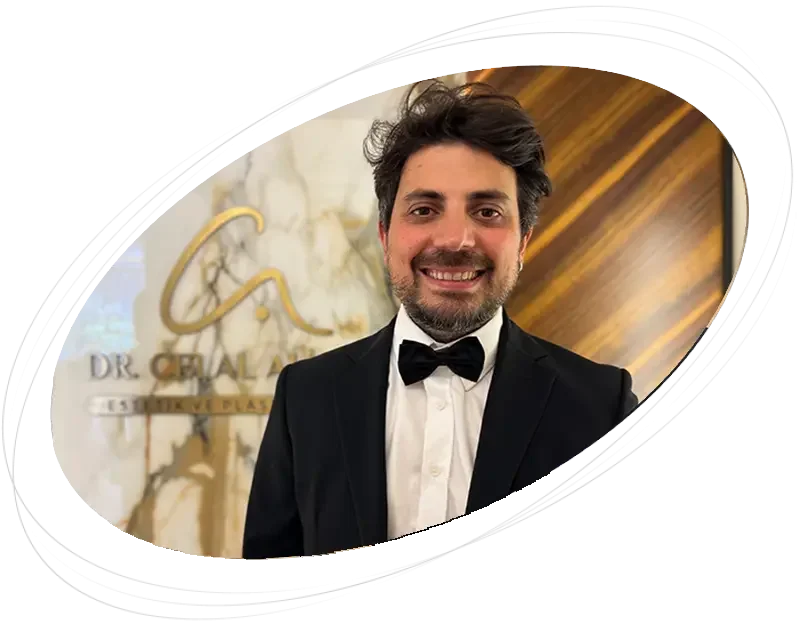Ultrasonic Rhinoplasty: Piezo Technology Complete Guide 2025
Ultrasonic rhinoplasty with piezo technology combines surgical precision and natural results in nasal aesthetics. In this comprehensive 2025 guide, discover how piezo rhinoplasty works, its advantages, recovery stages, and the latest innovations shaping the future of nose surgery.
Ultrasonic rhinoplasty is a surgical method that uses high-frequency piezoelectric vibrations to reshape nasal bones and cartilage with exceptional precision. Compared to traditional rhinoplasty, this advanced technique minimizes tissue trauma and significantly reduces swelling and bruising after surgery.
The piezo device emits ultrasonic vibrations that selectively act on hard tissues such as bone while leaving soft tissues—like skin, muscles, and blood vessels—untouched. This allows the surgeon to sculpt the nasal framework with extreme accuracy and safety, achieving both aesthetic and functional refinement.
Piezo Rhinoplasty is ideal for patients seeking a natural-looking nose, with issues such as nasal asymmetry, a dorsal hump, or a deviated septum. Candidates should be in good overall health and preferably over 18 years old.
The surgery is performed under general anesthesia and typically lasts between 1.5 to 2 hours. The surgeon accesses the nasal framework via open or closed rhinoplasty and reshapes the bone using the piezo device. Soft silicone splints are applied after the operation, and nasal tampons are usually removed within 3–5 days.
Mild swelling and minimal bruising may occur during the first week but resolve much faster than in traditional rhinoplasty. Most patients return to daily activities within 7–10 days. The nasal shape continues to refine over 3–6 months. During recovery, patients should avoid direct sunlight, heavy exercise, and trauma to the nose.
When performed by an experienced surgeon, piezo rhinoplasty is considered a highly safe procedure. However, temporary issues such as nasal congestion, mild bleeding, or numbness may occur. These effects are typically short-lived and easily managed under medical supervision.
The results of piezo rhinoplasty are permanent. The new nasal structure settles within 1–2 months and fully stabilizes by the sixth month. When postoperative care instructions are followed, the aesthetic and functional outcomes remain long-lasting and natural.
As of 2025, new-generation piezo devices feature refined vibration frequencies and temperature control systems, minimizing tissue damage and enabling even smoother bone contouring. These technological improvements shorten recovery periods and enhance surgical precision for more predictable outcomes.

Dr. Celal Alioğlu, MD is a plastic and aesthetic surgery specialist. He works in his own private clinic. An active member of national and international professional associations, Dr. Alioğlu is in constant communication with his colleagues and closely follows the latest developments in his field. He also regularly attends national and international congress courses to increase his knowledge and experience.
More About Dr. Celal+